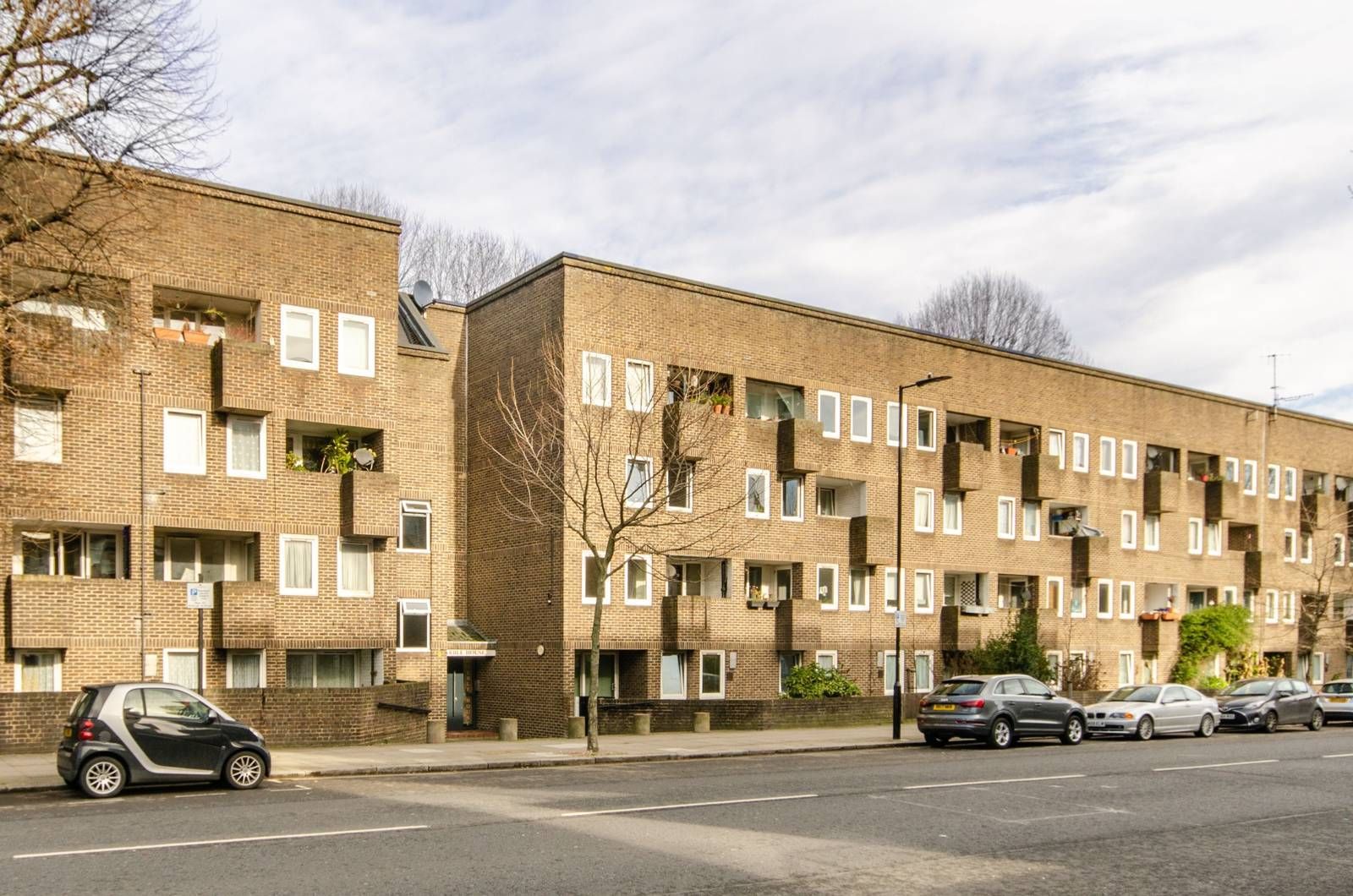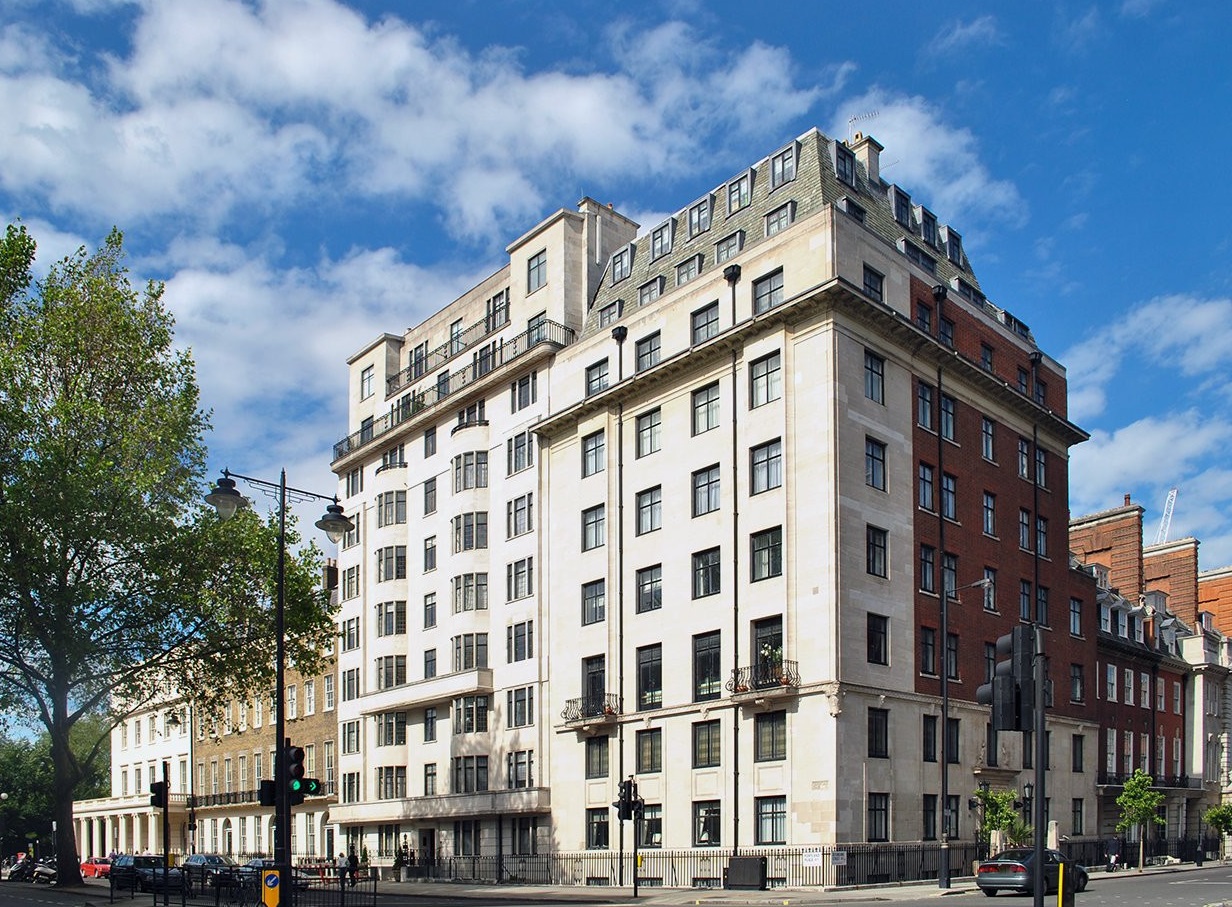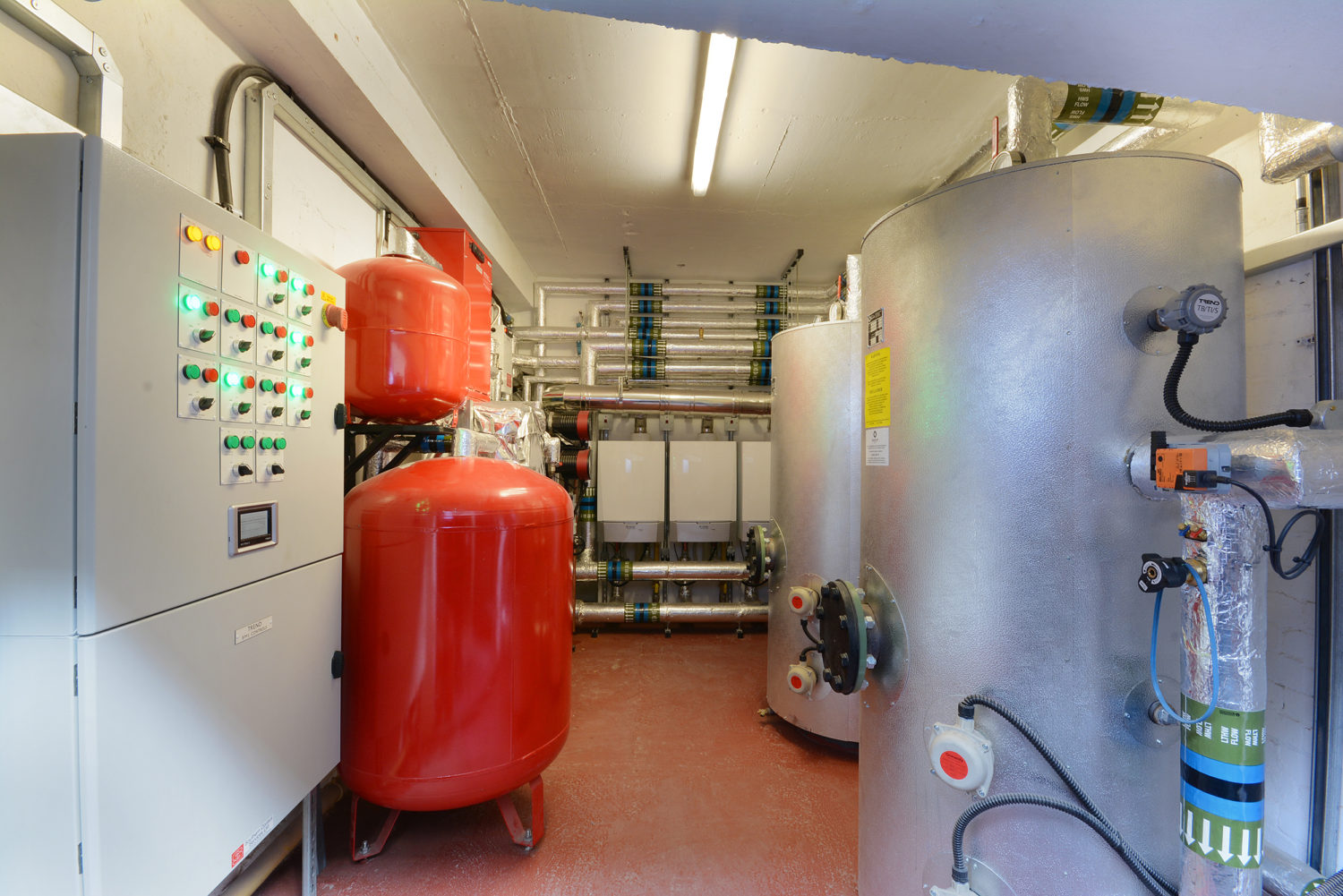Key Factors to Consider for Commercial Boiler Room Installation in London
When it comes to commercial plant room installation in London, there are several key factors that need to be carefully considered. From selecting the right location to designing the plant room with specific requirements in mind, each decision will ultimately have a significant impact on the efficiency and functionality of the facility. In this article, we will discuss the important factors that should be taken into account during the installation process.
Location
One of the first and most crucial decisions to make is the selection of an appropriate location for the plant room. There are several factors to consider when choosing the location:
- Accessibility: The plant room should be easily accessible for maintenance and repairs. It should also allow for the delivery and installation of necessary equipment.
- Proximity to the main building: The plant room should be located close to the main building to minimize energy losses due to long pipe runs and reduce the risk of heat loss during transmission.
- Ventilation: Adequate ventilation is necessary to ensure proper air circulation and prevent the build-up of heat. The location should allow for the installation of ventilation systems without obstruction.
- Safety: The plant room should be situated away from high-risk areas to ensure the safety of personnel and the surrounding property.
Design Requirements
The design of a commercial plant room needs to meet specific requirements to ensure optimal performance. Some important considerations include:
- Space: Sufficient space should be allocated for the installation of equipment and ease of maintenance. The design should allow for the future expansion of the plant room if required.
- Noise and vibration control: Commercial plant rooms often generate significant noise and vibrations. Proper measures should be taken to minimize these disturbances, especially if the plant room is located near occupied spaces.
- Energy efficiency: Designing a plant room with energy efficiency in mind can lead to significant cost savings and environmental benefits. This may include selecting high-efficiency equipment, implementing effective insulation, and optimizing control strategies.
- Fire safety: Adequate fire safety measures need to be incorporated into the design to ensure the protection of personnel and equipment. This may include the installation of fire-resistant materials, sprinkler systems, and fire detection equipment.
- Accessibility for maintenance: The layout and design should prioritize ease of access for maintenance, repair, and equipment replacement. This may involve the incorporation of sufficient space for maneuverability, clear signage, and easy-to-reach components.
Equipment Selection
Selecting the appropriate equipment for a commercial plant room is crucial for its efficient operation. Some factors to consider during the equipment selection process include:
- Capacity and load requirements: The equipment should be selected based on the anticipated capacity and load requirements of the building or facility. It is important to consider both current and future needs to ensure the plant room can meet the demands over time.
- Reliability and performance: Choosing reliable and high-performance equipment is essential to minimize downtime and ensure optimal functionality. Researching and selecting reputable brands and products can help in this regard.
- Energy efficiency: Opting for energy-efficient equipment can lead to significant energy savings and lower operational costs. Look for equipment with high-efficiency ratings, such as those certified by ENERGY STAR or other recognized authorities.
- Maintenance requirements: Consider the ease of maintenance and availability of spare parts of the selected equipment. It is important to ensure that routine maintenance tasks can be performed easily to keep the plant room operating at its best.
Maintenance and Upkeep
Once the commercial plant room is installed, it is essential to establish a regular maintenance and upkeep schedule. This will help ensure the longevity and efficient operation of the equipment. Here are some key points to consider:
- Routine inspections: Regular inspections should be conducted to identify any potential issues or maintenance requirements before they escalate into major problems.
- Scheduled maintenance: Create a maintenance schedule that includes routine tasks, such as filter changes, lubrication, and system checks. Following the manufacturer's recommendations for maintenance intervals is crucial.
- Record-keeping: Maintain a comprehensive record of all maintenance activities, including dates, tasks performed, and any issues encountered. This will help track equipment performance and identify any recurring patterns or potential areas for improvement.
- Staff training: Ensure that the maintenance staff is trained on proper equipment operation, maintenance procedures, and safety protocols. Regular training sessions should be conducted to keep them updated on best practices and industry advancements.
- Emergency procedures: Establish clear emergency procedures and protocols in the event of equipment failure or other critical situations. This will help mitigate risks and minimize downtime.
In conclusion, the successful installation of a commercial plant room in London requires careful consideration of various factors. Choosing an appropriate location, designing the plant room to meet specific requirements, selecting the right equipment, and implementing a thorough maintenance plan are all essential for ensuring optimal performance and efficiency. By giving these factors the attention they deserve, you can create a well-functioning plant room that meets the needs of your commercial facility for years to come.
Take a look at some of our previous plant room designs and installations:
Marble House - London
A dated boiler room installed in the 1970’s by the old GLC. Parts were obsolete for the ageing boilers and plant. The plant room was in dire need of modernisation.

Portland Place - London
A boiler room which has had several updates and adaptions over the years. After the work was completed the new plant room now comprises of 3 new A rated condensing gas boilers with a new flue system discharging high above the roof of the building.

Wimpole Street - London
The old boiler room occupied two rooms and was deigned and built in the 1980’s. The plant was removed and a complete new boiler made in half the original space. This allowed the other half to be turned in to a reception area and washroom facilities.

We provide commercial heating services all over London, Hertfordshire and the surrounding areas
- With over 50 years of experience in the domestic and commercial heating industry, get in contact today to find out how we can help.
Commercial boiler servicing London
Commercial boiler servicing Marylebone
Commercial boiler servicing Hampstead
Commercial boiler servicing Camden
Commercial boiler servicing St John's Wood
Commercial boiler servicing Barnet
Commercial boiler servicing Potters Bar
